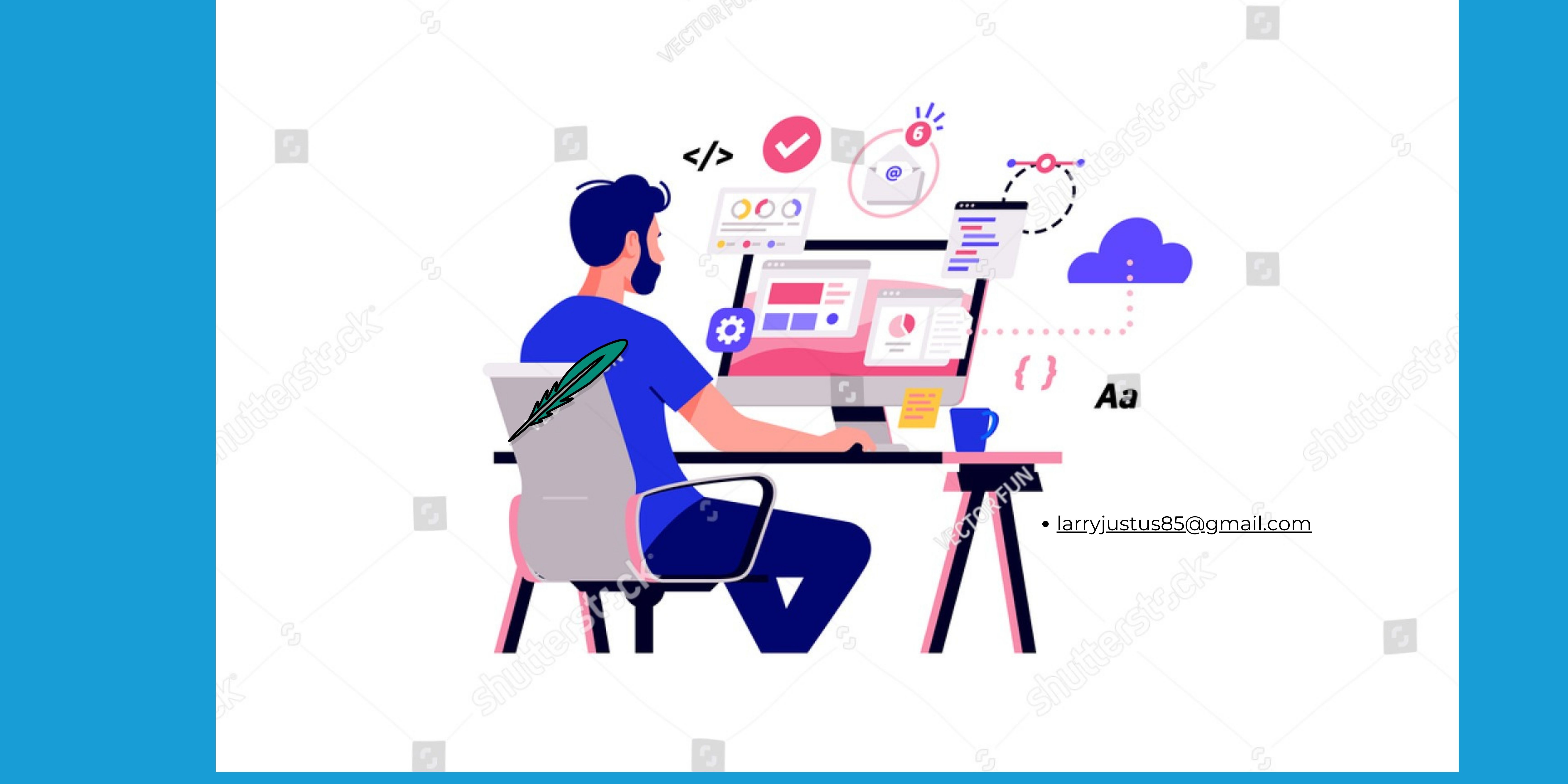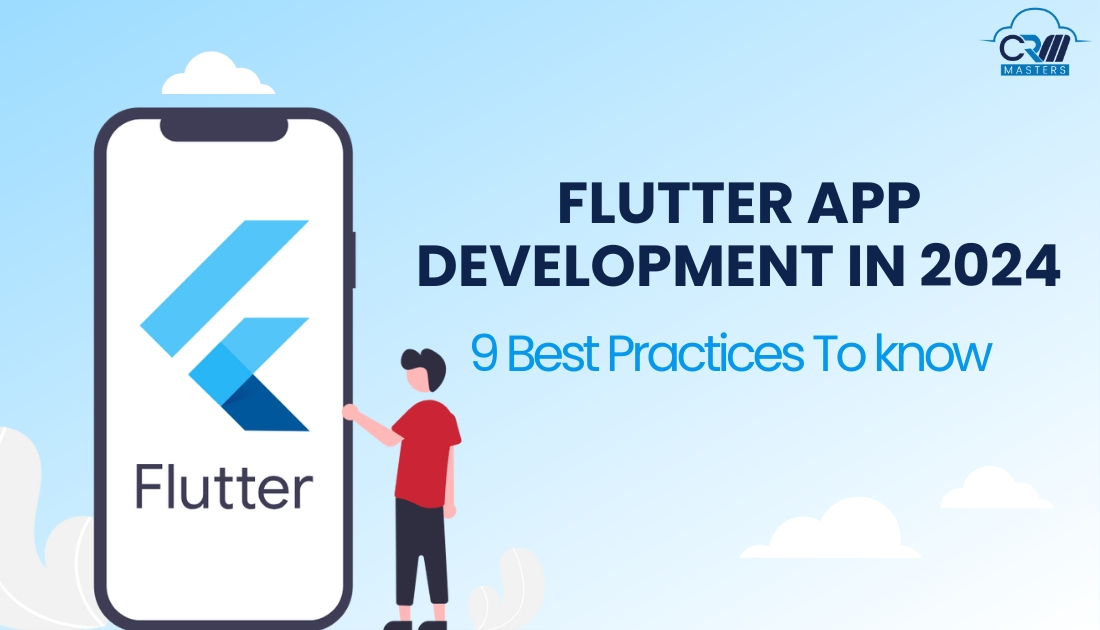How to Simplify Flutter App Development in 2024 with These 9 Best Practices
 Larry Justus
Larry Justus
Flutter has emerged as a prominent player in the world of cross-platform app development, providing developers with a robust framework to create high-performance mobile applications. As we step into 2024, the demand for Flutter app development continues to rise, with developers seeking ways to streamline their processes and enhance productivity.
In this blog, we’ll explore 9 best practices to simplify Flutter app development in 2024, helping developers build scalable, maintainable, a efficient applications.
What is Flutter?
Google developed the open-source Flutter UI software development kit, which allows developers to construct natively built desktop, web, and mobile applications from a single codebase. It uses the Dart programming language and provides an extensive collection of pre-built tools and widgets to make it easier to create apps that are both aesthetically pleasing and highly performant.
Flutter Developers can experiment, repeat, and debug their code more quickly because of Flutter’s hot reload capability, which speeds up the development process. Because of its cross-platform features, Flutter has become more and more well-liked among developers due to its effectiveness, adaptability, and capacity to provide consistent user experiences on many platforms.
9 Best Practices to Keep in Mind Before Flutter App Development 2024

1) Streamlining Cross-Platform Development
Flutter is making it easier than ever to develop apps that work on both iOS and Android devices. With Flutter’s improvements, apps can now perform as if they were built natively for each platform.
This means smoother and faster experiences for users. By writing code once and deploying it across multiple platforms, developers can save time and resources using Flutter’s single codebase approach.
With Flutter’s hot reload feature, developers can make changes to their code and see the results instantly, allowing for quicker testing and improvements.
2) Empowering UI/UX Design
Widgets play a crucial role in Flutter app development services, allowing developers to create intricate user interfaces with ease. As we move into 2024, the introduction of innovative widgets is set to elevate UI/UX design creativity to new heights.
Flutter boasts an extensive catalog of widgets that continues to grow, catering to a wide range of design needs. Whether it’s customizable buttons, interactive charts, or complex animation sequences, Flutter widgets provide developers with the tools they need to bring their creative visions to life effortlessly.
With Flutter’s flexible and customizable widgets, developers can craft visually stunning and intuitive applications that captivate users and enhance the overall user experience.
3) Flutter with IoT Innovations
Flutter’s seamless integration with IoT devices represents a significant step towards creating smarter app ecosystems, leading to more interactive and efficient experiences.
Developers now have the opportunity to leverage Flutter’s powerful framework to build IoT-powered applications that seamlessly interact with sensors, actuators, and smart devices.
Whether it’s controlling home appliances remotely or monitoring environmental data in real time, Flutter’s IoT integration unlocks a world of possibilities for creating innovative and impactful app experiences.
4) Expansion into Desktop App Development
Flutter’s expansion into desktop app development promises native performance across Windows, Mac, and Linux platforms. This diversification not only broadens Flutter’s application scope but also appeals to a broader developer audience.
With Flutter, developers can leverage their existing codebase to create cross-platform desktop applications with consistent user experiences.
Whether building productivity tools, multimedia applications, or enterprise software, Flutter empowers developers to reach a wider audience and maximize their app’s potential.
Also Read: Importance of Flutter for Future Mobile App Development
5) Advancing Flutter Package Ecosystem
The Flutter package ecosystem continues to thrive, offering developers a plethora of tools and libraries. This expansion underscores Flutter’s adaptability and robust developer support, enabling feature-rich app development with ease.
From state management solutions to UI frameworks, Flutter’s package ecosystem provides developers with the building blocks they need to accelerate development and enhance app functionality.
With thousands of packages available, developers can leverage community contributions to streamline their workflow and build scalable, maintainable applications.
6) Advanced State Management
Advanced state management techniques take center stage in Flutter app development, optimizing performance and scalability. These strategies ensure apps remain responsive and user-friendly, regardless of complexity.
Flutter offers a variety of state management solutions, including Provider, Bloc, and Riverpod, empowering developers to choose the approach that best suits their project requirements.
By adopting advanced state management techniques, developers can simplify code maintenance, improve app performance, and deliver seamless user experiences across platforms.
7) Integration with Emerging Technologies
Flutter’s integration capabilities extend to emerging technologies like Firebase and machine learning. Expect enhanced integration for smarter functionalities, empowering developers to create refined applications effortlessly.
Whether integrating cloud services for backend functionality or leveraging machine learning models for predictive analytics, Flutter’s seamless integration with emerging technologies enables developers to build intelligent, data-driven applications with ease.
8) Elevating Animation and Motion Design
Animation and motion design play a crucial role in enhancing user engagement. Flutter’s robust framework enables seamless integration of complex animations, elevating app interactivity and visual appeal.
With Flutter’s animation APIs and pre-built widgets, developers can create fluid animations, transitions, and effects that captivate users and bring applications to life.
Whether designing immersive onboarding experiences or interactive UI elements, Flutter empowers developers to push the boundaries of animation and motion design, creating memorable app experiences that resonate with users.
9) Prioritizing Sustainability and Accessibility
Flutter leads the charge in developing sustainable and accessible applications, promoting inclusivity and environmental consciousness. Developers leverage Flutter’s features to create apps accessible to diverse audiences while minimizing their carbon footprint.
Flutter’s commitment to accessibility ensures that apps are usable by individuals with disabilities, adhering to WCAG guidelines and accessibility best practices.
By prioritizing sustainability and accessibility, Flutter empowers developers to create impactful applications that make a positive difference in the world while ensuring equal access for all users.
Ready for the Best Flutter App Development Service?
We provide a cost-effective, feature-rich, best-in-class cross-app solution based on Flutter technology around the globe. With a team of professional Flutter Developers, UX/UI designers, testing and quality assurance experts, and other experts, we provide our clients with the best service.
Get the best app solutions from CRM Master’s Infotech.
Subscribe to my newsletter
Read articles from Larry Justus directly inside your inbox. Subscribe to the newsletter, and don't miss out.
Written by

Larry Justus
Larry Justus
As an influencer, I collaborate with numerous I.T. development organizations, undertaking the task of reviewing and assessing the work carried out by their development teams.